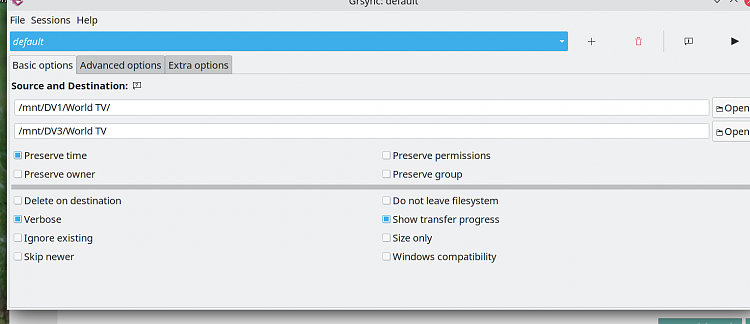

We did a blind test in 2015 and found that when all other parameters are equal between FreeSync vs.

Achieving such parity however is far from guaranteed. G-Sync when frame rates are the same and the monitor quality is the same. For example, a FreeSync monitor isn't required to have HDR but some do, and some FreeSync monitors reduce motion blur via a proprietary partner tech, like Asus ELMB Sync.Ĭan the user see a difference between the two? In our experience, there is no visual difference in FreeSync vs. They both sync the monitor to the graphics card and let that component control the refresh rate on a continuously variable basis. To meet each certification, a monitor has to meet the respective requirements detailed above, but a monitor can also go beyond the requirements.
GRSYNC VS YARG PRO
Many FreeSync Premium Pro monitors can also run G-Sync with HDRįundamentally, G-Sync and FreeSync are the same. No specified peak output, but most will deliver at least 600 nits Many FreeSync Premium monitors can also run G-Sync with HDR Many FreeSync monitors can also run G-Sync G-Sync Compatible monitors also run FreeSync

G-Syncįrame-doubling below 30 Hz to ensure Adaptive-Sync at all frame ratesįactory-calibrated accurate SDR (sRGB) and HDR color (P3) gamut support And if you have the option of using either, will one offer a greater gaming advantage than the other? FreeSync vs. If you haven’t committed to a graphics card technology yet or have the option to use either, you might be wondering which is best when considering FreeSync vs. Today, you’ll find countless monitors - even non-gaming ones - boasting some flavor of G-Sync, FreeSync, or even both. The GPU sends a "frame ready" signal to a G-Sync or FreeSync monitor, which draws the new frame and then awaits the next "frame ready" signal, thereby eliminating any tearing artifacts. G-Sync (for Nvidia-based GPUs) and FreeSync (AMD GPUs and potentially Intel GPUs as well) aim to solve the above problems, providing maximum performance, minimal latency, and no tearing. Another option is for the GPU to send the new frame to the monitor and let it immediately start drawing it onto the screen - this is called tearing and the result is shown in the above image. One is to have the GPU and monitor wait to send the new frame to the display, which increases system latency and can make games feel less responsive. What happens if a new frame is ready before the scheduled update? With a fixed monitor refresh rate, the screen updates at a specific cadence, like 60 times per second for a 60 Hz display. Games render each frame sequentially, and the rate can vary widely depending on the complexity of the scene being rendered. For the uninitiated, Adaptive-Sync means that the monitor’s refresh cycle is synced with the rate at which the connected PC’s graphics card (opens in new tab) renders each frame of video, even if that rate changes.


 0 kommentar(er)
0 kommentar(er)
